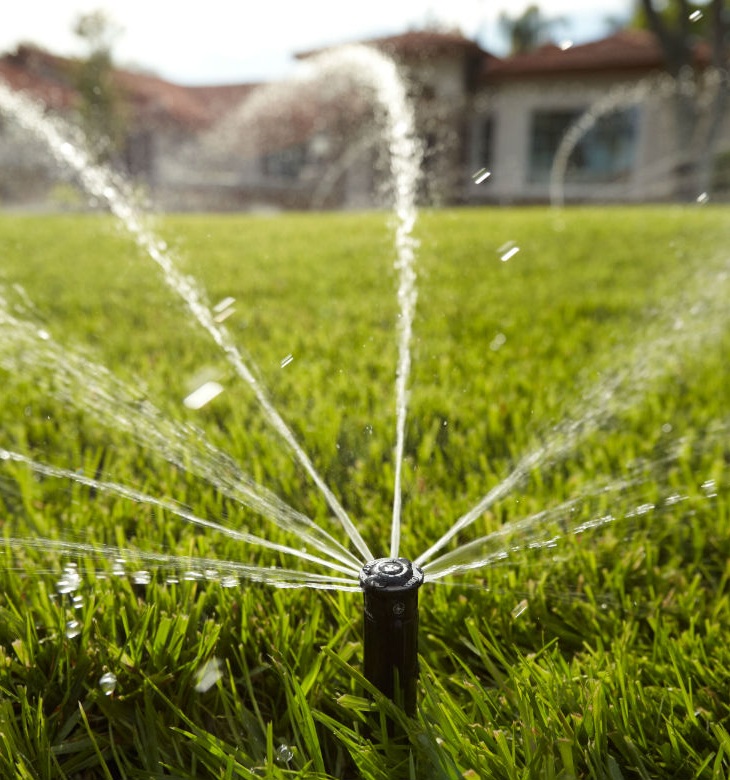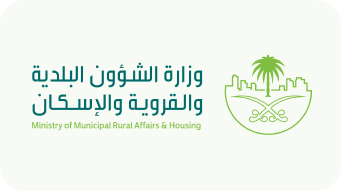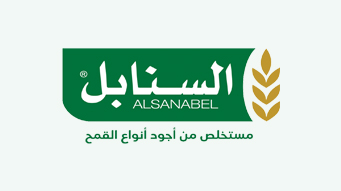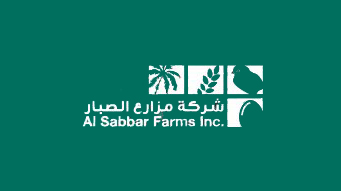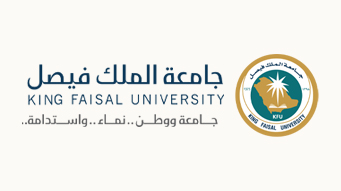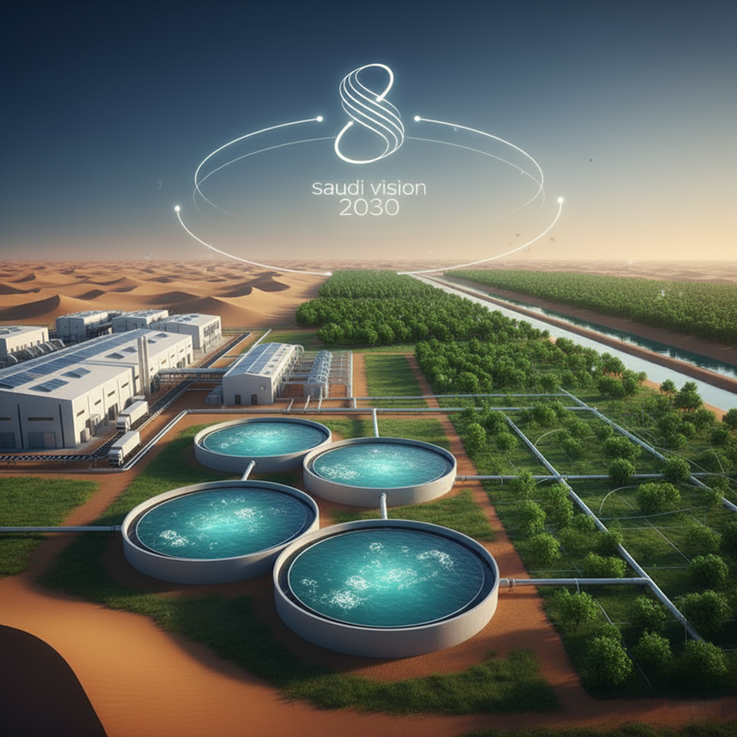
The Role of Advanced Biological Treatment Systems in Supporting Food Security under Vision 2030
Achieving food security and environmental sustainability are two key pillars of the goals of Saudi Vision 2030. The combined efforts of various sectors create an integrated system that combines production efficiency and resource conservation. The inauguration of the state-of-the-art poultry and feed factories in Majmaah and Ad Dahna by His Excellency, the Minister of Environment, Water and Agriculture, Eng. Abdulrahman bin Abdulmohsen Al-Fadley, is clear evidence of this strategic direction. However, what many may overlook is the pivotal role that modern water treatment technologies play in the success of these mega-projects. Transforming them from mere production facilities into integrated models of sustainability.
Water Recycling: The Lifeline of Environmental Sustainability
At the heart of strategic investment in the agri-food sector is the commitment of companies to adopting sustainable practices, most notably water management. As Professor Amr Al-Dabbagh, Chairman of the Board of Directors of the Food Development Company, pointed out, the Al Majmaah 2 Poultry Plant was not only designed to achieve high production efficiency (13,500 birds per hour), but was also equipped with an advanced biological wastewater treatment system.
This system is not merely a formal treatment; it is a real investment in the future. It has a capacity of 6,000 cubic meters of treated water per day, which is fully reused to irrigate afforestation farms as part of an ambitious environmental program targeting the planting of 150,000 trees in the area surrounding the plant.
You can read the details of the news on the Ministry of Environment, Water and Agriculture website.
From Consumption to Value Added: The Role of Water Treatment in the Circular Economy
This step embodies an ideal model for the circular economy. Instead of considering industrial wastewater as a waste to be disposed of, advanced treatment technologies transform it into a valuable resource that nourishes the local environment. This direct link between:
- Food security (mass poultry production).
- Resource efficiency (water reuse).
- Sustainable development (afforestation and reducing the carbon footprint).
This emphasized that investing in water treatment infrastructure has become a prerequisite for achieving global competitiveness and increasing operational efficiency, in line with the best international standards and practices highlighted by Assistant Undersecretary Dr. Ali Al-Shaikhi.
The Role of Specialized Institutions: Ensuring Quality and Efficiency
Operating biological wastewater treatment systems requires specialized expertise and in-depth knowledge of the latest treatment technologies. This is where the role of institutions working in the field of managing and developing water treatment solutions comes into play. We believe that the continued success of such pioneering projects depends on:
- Application of the latest biological and chemical technologies to ensure the highest levels of treated water quality, making it fully suitable for safe irrigation.
- Periodic monitoring and maintenance to ensure the system’s operational efficiency and long-term sustainability.
- Supporting companies to achieve their environmental goals by providing innovative solutions to reduce water consumption.
Effectively integrating water treatment and recycling technologies into food security projects, as demonstrated at the Al Majma’ah and Al Dahna plants, is not just an environmental commitment; it is a strategic investment that strengthens the Kingdom’s position on the global map as a leading model that combines productive power and environmental responsibility. With these steps, we all contribute to building a healthier and more sustainable future for future generations.
What is an Advanced Biological Wastewater Treatment System?
An advanced biological wastewater treatment system refers to a sophisticated set of technologies designed to improve the biological processes used in wastewater treatment, making them more effective and environmentally sustainable. These systems are critical to managing the growing demand for clean water and complying with stringent environmental regulations. Their prominent applications include municipal, industrial, and agricultural sectors, where they effectively dilute pollutants and enhance resource recovery, addressing environmental and public health concerns. Advanced biological treatment technologies, such as membrane bioreactors (MBRs), moving bed bioreactors (MBBRs), and sequencing batch reactors (SBRs), utilize a combination of biological processes and innovative engineering solutions to improve treatment efficiency and effluent quality compared to traditional methods.
Types of Advanced Biological Treatment Systems
Membrane Bioreactors (MBRs)
Membrane bioreactors (MBRs) combine biological treatment processes with membrane filtration, resulting in a high-quality effluent. These systems remove suspended solids, bacteria, and viruses, making them suitable for applications requiring stringent discharge standards. Combining biodegradation with membrane separation enhances the removal of contaminants. It is including biochemical and chemical oxygen demand (BOD/COD), as well as nutrients such as nitrogen and phosphorus. Membrane bioreactor technology is increasingly being used in the oil and gas industry to support water reuse and recycling efforts, reducing the environmental impact of wastewater discharge.
Moving Bed Biofilm Reactors (MBBR)
Developed in Norway in the late 1980s, MBBRs are effective in treating both domestic and industrial wastewater. MBBR systems contain aeration tanks filled with small, mobile polyethylene biofilm carriers, which improve the surface area for microbial growth. These biofilm carriers are designed to remain suspended within the bioreactor through aeration or mechanical mixing, contributing to a compact system with high treatment efficiency.
Learn about the key differences between MBR and MBBR technologies.
Sequencing Batch Reactors (SBR)
SBRs are Sequential batch reactors. SBRs are a versatile and effective option for treating wastewater with variable flows and loading patterns. Particularly in facilities that experience fluctuating production schedules or seasonal changes in waste streams. SBR systems operate in batch mode, allowing treatment cycles to be adjusted to accommodate changes in wastewater characteristics, ensuring efficient treatment of complex petrochemical contaminants and reducing the risk of system disruptions and regulatory violations. The adaptability of SBR technology is critical for compliance with environmental protection standards.
Key Components of Advanced Biological Treatment Systems
Bioreactors
The bioreactor is the cornerstone of advanced biological wastewater treatment systems. It is designed to house bacteria and microorganisms that facilitate the degradation of contaminants. Bioreactors take various forms, including moving film bioreactors, activated sludge reactors, and membrane bioreactors. Each is equipped with specific mechanisms to optimize wastewater treatment processes. These devices enable the immobilization of microorganisms. That interacts with the wastewater to catalyze biochemical reactions that convert contaminants into less toxic forms.
Aeration Systems
Aeration is critical in biological treatment processes, providing the oxygen needed for the biodegradation of organic matter. Various aeration devices. Such as mechanical aerators and diffused aeration systems. They are used to introduce air into the aeration tank. The efficiency of these devices is affected by factors such as immersion depth and peripheral velocity. Maintaining an optimal oxygen concentration, typically around 2 mg/L, is essential for efficient microbial activity and overall treatment effectiveness.
Applications for Advanced Biological Treatment Systems
Advanced biological wastewater treatment systems are used across various sectors, demonstrating their versatility and effectiveness in treating contaminated water. These systems utilize a combination of biological processes and advanced technologies to meet the growing demand for efficient and sustainable wastewater management.
Municipal Wastewater Treatment
Municipalities have adopted advanced biological treatment systems to improve the quality of wastewater before discharging it into natural water bodies. These systems often incorporate processes such as activated sludge, biological nutrient removal, and membrane filtration. It is allowing for significant reductions in pollutants such as biochemical oxygen demand (BOD) and total suspended solids (TSS). In compliance with regulatory standards. For example, the City of Tampa utilizes a seven-step treatment process. It is including sedimentation and disinfection, ensuring that the water meets state and federal environmental safety standards.
Industrial Applications
Industries, particularly those that generate large volumes of wastewater, benefit from advanced biological treatment technologies. These technologies are effective methods for managing effluents. Technologies such as membrane bioreactors (MBRs) and advanced oxidation processes have been applied to treat wastewater from sectors such as textiles, pharmaceuticals, and food manufacturing. These technologies not only remove pollutants but also enable the recovery of valuable resources from wastewater streams. Incorporating water reuse strategies into industrial settings promotes sustainability by reducing the demand for freshwater and minimizing the environmental impact of wastewater disposal.
Aquaculture
Advanced biological treatment systems play a critical role in aquaculture by treating the water used in fish farming. The treated water can be reused, promoting sustainable practices in the sector. This reuse not only conserves water resources but also helps maintain a clean environment for aquatic life. Highlighting the system’s effectiveness in achieving both environmental and economic benefits.
Resource Recovery
The application of advanced biological systems facilitates the recovery of resources from wastewater, such as nutrients like phosphorus and nitrogen. Using these systems, facilities can convert waste into reusable resources, essential for achieving greater sustainability in water treatment processes. For example, treated wastewater can be reused for irrigation or in hydraulic fracturing processes, significantly reducing the amount of wastewater required for disposal and lowering treatment costs.
Poultry and Feed Production Plants
The implementation of advanced biological wastewater treatment systems in poultry and feed production plants is vital to achieving environmental sustainability and compliance with global standards, especially in large-scale projects. The importance of this system lies in its ability to purify and transform the large quantities of water consumed in manufacturing and cleaning processes from contaminated water into a valuable, reusable resource. Biological treatment decomposes organic pollutants using microorganisms, significantly reducing the plant’s environmental footprint. The result is high-quality treated water that is redirected to non-potable purposes, such as irrigating tree plantations and surrounding reforestation programs. This achieves a circular water economy that reduces pressure on freshwater resources and supports sustainable development and food security through an integrated system.

